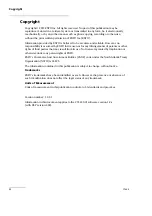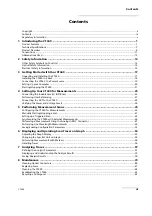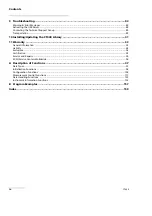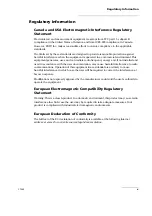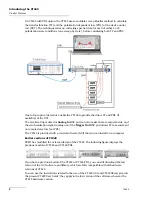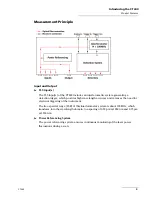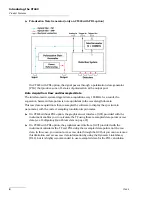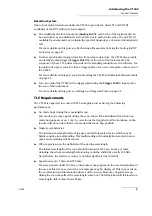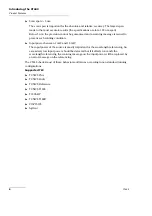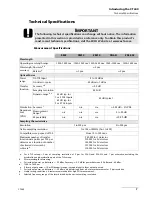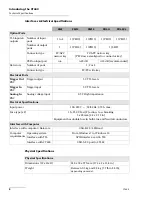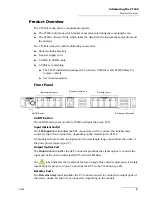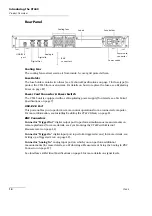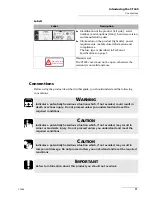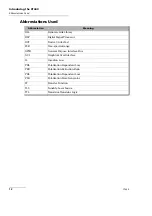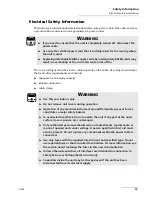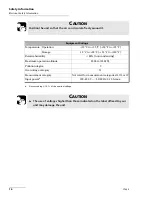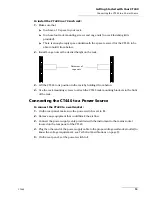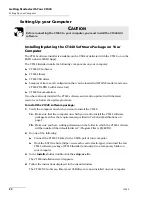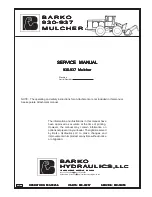
Introducing the CT440
CT440
5
Product Features
Detection System
One to four optical detectors enable the CT440 to provide the direct TF and PDL (if
available) of the DUT with up to four outputs.
The additional electrical input port (
Analog In
BNC at the rear of the instrument) can
be used either as an additional external detector to perform the same TF and PDL (if
available) measurement, or to obtain the spectral dependence of an electrical signal in
Volt.
For more details on this port, see
Performing a Measurement Using the Analog In BNC
To allow synchronized signal detection from remote detectors, the CT440 also provide
an electrical output trigger (
Trigger Out
BNC at the rear of the instrument). The
sequence of these TTL pulses depends on the sampling resolution set via software: if a
resolution of
n
pm is selected, then a trigger pulse over
n
raw data pulses comes out of
the CT440.
For more details on this port, see
Synchronizing the CT440 with External Measurements
You can control the CT440 with a trigger signal using the
Trigger In
BNC input port at
the rear of the instrument.
For more details on this port, see
TLS Requirements
The CT440 is expected to work with TLS sweeping sources having the following
performances:
No mode hops during the wavelength scan
Few mode hops may appear during the scan, they will be identified if less than one
mode hop appears every 1 nm. A correction is then applied and the incidence on the
results will concern less than 1 nm around the mode hop position.
Single mode behavior
The internal wavelength referencing uses an interferometer device which may be
highly sensitive to multimoding. This multimoding will normally be detected in most
cases and a warning will be issued.
200 pm precision on the definition of the starting wavelength
The initial wavelength of the scan should be known at 200 pm. In case of more
detuning, the whole wavelength referencing could be shifted by exactly 100 GHz.
Nevertheless, the relative accuracy is not directly affected by that shift.
Speed between 10 nm/s and 100 nm/s
For sweep speed under 10 nm/s, an inaccuracy may appear on the wavelength value in
the area of this low speed and an error message may be displayed. This may occur on
the acceleration and deceleration phases of the sweep. Moreover, negative sweep
during the scan may affect the wavelength scale by a 100 GHz global shift if it leads to a
wavelength drift of more than 200 pm.
Summary of Contents for CT440 Series
Page 1: ...User Guide CT440 Passive Optical Component Tester www EXFO com...
Page 6: ......
Page 30: ......
Page 96: ......
Page 162: ......


